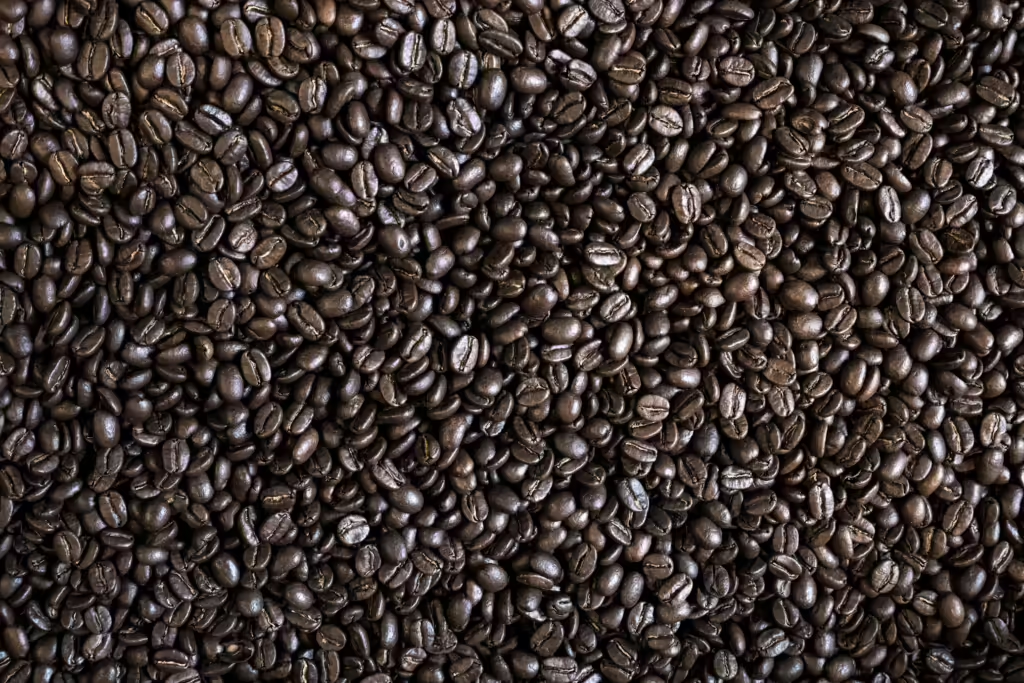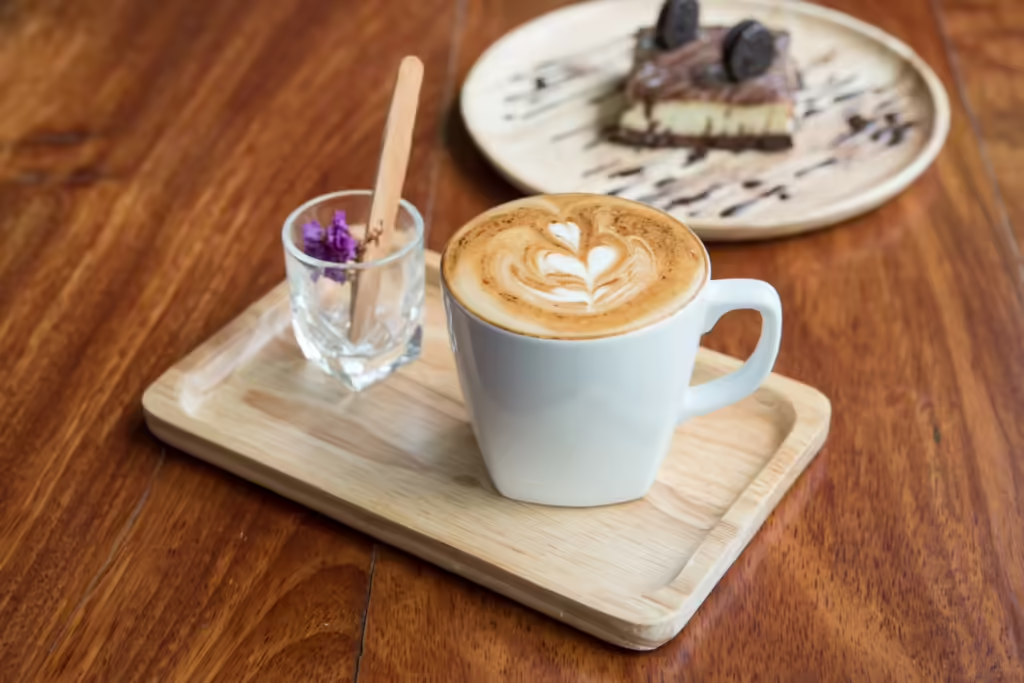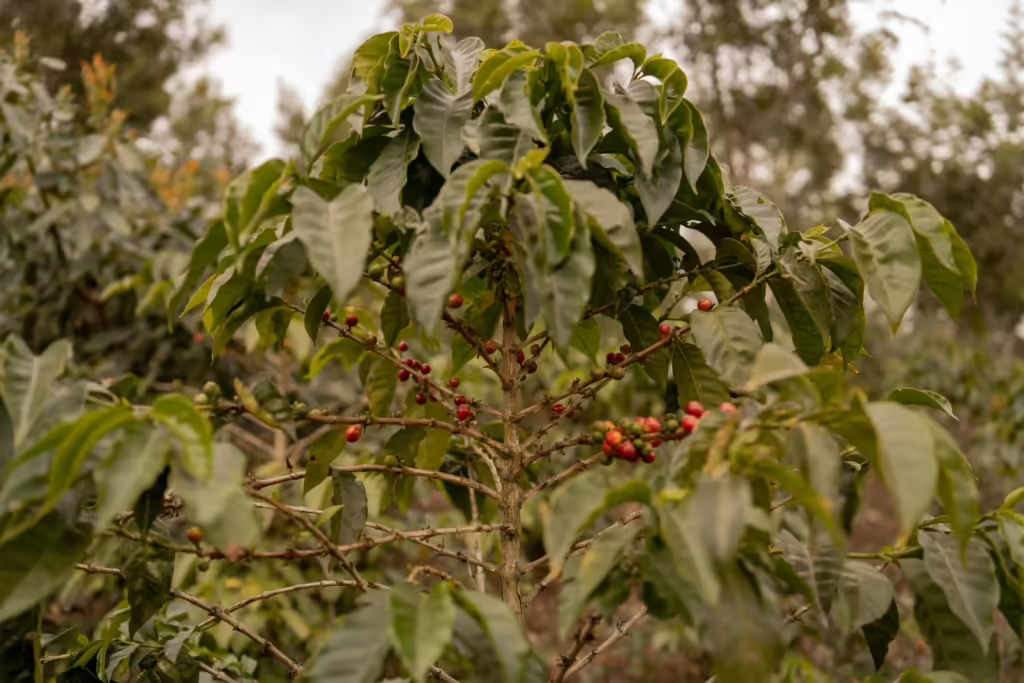
Coffee lovers know that the brewing method can have a significant impact on the flavor, texture, and overall experience of their coffee. Two of the most popular brewing methods—espresso and French press—are worlds apart in terms of technique, flavor profile, and even cultural significance. Whether you prefer a strong, concentrated shot of espresso or the bold, full-bodied flavor of a French press brew, understanding the differences between these methods can help you decide which best suits your taste. Let’s dive into the key aspects of espresso and French press brewing to help you make an informed choice.
The Espresso Experience
Espresso is a brewing method that originated in Italy and has become synonymous with strong, concentrated coffee. Espresso is typically brewed using an espresso machine, which forces hot water through finely ground coffee beans at high pressure. The result is a small, rich shot of coffee with a thick layer of crema on top, which adds to its smooth texture and complex flavor.
Key Characteristics of Espresso:
- Brewing Time: Quick, typically between 25-30 seconds per shot.
- Grind Size: Very fine, almost powder-like.
- Flavor Profile: Intense, bold, and concentrated with a thick, creamy texture.
- Serving Size: Typically served in small shots (1-2 ounces), but can be used as a base for drinks like cappuccinos, lattes, and macchiatos.
- Crema: The layer of foam that sits on top of a well-made espresso shot, adding to the richness and complexity.
Advantages of Espresso:
- Quick to Brew: Espresso machines deliver a concentrated shot of coffee in less than a minute, making it a go-to for busy mornings or quick pick-me-ups.
- Rich and Bold: Espresso’s intense flavor makes it perfect for those who love strong, full-bodied coffee.
- Versatile: Espresso is the foundation for many popular coffee drinks like lattes, cappuccinos, and Americanos, offering endless possibilities for customization.
Who Should Choose Espresso?
If you’re someone who enjoys strong, concentrated coffee with bold flavors and creamy texture, espresso is your ideal brew. It’s also perfect for people who love making specialty coffee drinks at home. However, it does require more equipment (an espresso machine) and can be more expensive to prepare compared to other methods.
The French Press Experience
The French press, also known as a cafetière or press pot, is a simple yet effective brewing method that produces a robust, full-bodied coffee. In this method, coarsely ground coffee is steeped in hot water for several minutes, and then a plunger is used to separate the coffee grounds from the liquid. The French press is known for extracting more oils and solids from the coffee, resulting in a heavier, richer cup of coffee.
Key Characteristics of French Press:
- Brewing Time: Slower than espresso, typically around 4 minutes.
- Grind Size: Coarse, with grounds similar in size to sea salt.
- Flavor Profile: Rich, bold, and slightly more textured with natural oils and sediments from the coffee grounds.
- Serving Size: Larger portions; typically serves 1-4 cups depending on the size of the press.
- No Filter Needed: The metal mesh plunger acts as a filter, allowing natural oils and fine particles to pass through, contributing to the coffee’s body and texture.
Advantages of French Press:
- Simple and Inexpensive: The French press is affordable, easy to use, and doesn’t require electricity, making it accessible to everyone.
- Rich, Full-Bodied Flavor: The lack of a paper filter allows more oils and flavors to be retained in the coffee, producing a deep and bold taste.
- Customizable Brew: You have full control over the brew time, coffee-to-water ratio, and grind size, allowing you to fine-tune your coffee to your liking.
Who Should Choose French Press?
If you enjoy a more hands-on, slower brewing process with the reward of a fuller, richer cup of coffee, the French press is an excellent choice. It’s perfect for those who appreciate the texture and natural oils in their coffee. Additionally, if you prefer brewing larger quantities at once or don’t want to invest in a more expensive espresso machine, the French press offers great value.
Espresso vs. French Press: A Direct Comparison
| Aspect | Espresso | French Press |
| Brew Time | Fast (25-30 seconds) | Slow (4-5 minutes) |
| Grind Size | Very fine | Coarse |
| Brewing Method | High pressure with an espresso machine | Steeping with immersion |
| Flavor | Bold, intense, concentrated | Rich, full-bodied, textured |
| Serving Size | Small shots (1-2 oz) | Larger servings (8-12 oz or more) |
| Texture | Smooth with crema | Slightly gritty, with natural oils |
| Equipment Needed | Espresso machine (can be expensive) | French press (affordable) |
| Skill Level | Requires more precision and technique | Simple and easy to use |
| Cost | High initial cost | Low-cost brewing method |
Which Brewing Method Suits Your Taste?
Ultimately, choosing between espresso and French press comes down to personal preference. Here are some guiding questions to help you decide:
- Do you prefer strong, concentrated coffee with a creamy texture?
If yes, then espresso is the way to go. Its bold, rich flavor makes it a favorite for those who enjoy intense coffee and specialty drinks like lattes and cappuccinos. - Do you prefer a full-bodied, robust cup with more natural coffee oils?
If yes, then the French press is ideal. Its slow steeping process brings out deep flavors and offers a thicker, more textured coffee experience. - Do you enjoy a hands-on brewing process?
The French press offers a slower, more relaxed brewing method that allows you to control every aspect of the process. Espresso, on the other hand, is faster but requires an espresso machine and more precision. - Do you want versatility in your coffee?
Espresso is a versatile base for many coffee drinks, while French press coffee is often enjoyed on its own or with simple add-ons like milk or sugar.
Conclusion
Both espresso and French press have their strengths, and the right brewing method depends on your personal preferences. Espresso offers a quick, intense, and versatile coffee experience, while the French press delivers a rich, full-bodied cup with a more hands-on approach. Whichever method you choose, experimenting with different grind sizes, brewing times, and coffee beans can help you perfect your coffee and discover your ideal brew.




